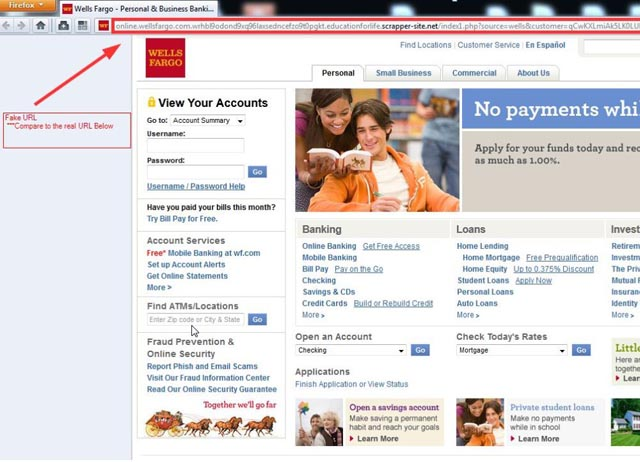A recent wave of phishing attempts targeted at St. Thomas students’ email accounts has students and Information Resources and Technologies on high alert.
A phony Wells Fargo email inviting students to complete a survey for $100 seems to have caused the most problems, prompting IRT to post a warning to students in the Bulletin.
Senior Kelli Hall was one of the students fooled by the email.
“It just had me fill out like a survey, and then it asked for my pin number, my credit card number, my account number (and) my social security number,” Hall said. “I’ve never had any problems with my identity before…so I just gave it all.”
Hall said that she should have known the email was fake, but it seemed realistic.
“It had some of my information already on it, which was so confusing. My credit card number was already on there, so it looked really legit,” Hall said.
IRT Director Chris Gregg said that phishing attempts have gotten more sophisticated over the years.
“They know that people are getting more savvy and people are less and less likely to fall victim to these,” Gregg said. “They kind of need to send out thousands and thousands to catch that person at just the wrong time where they had just done something with their bank account and now they got this email, and their head was just in the wrong place,”
Gregg said once with one person’s email information phishers can do a “directory harvest attack” to target the rest of the people in that email directory. With the Wells Fargo phishing attempt, the attack was done in two stages.
“There was an initial email that was sort of a trick to just update your Outlook settings,” Gregg said. “We know of about a dozen people who were tricked by that message. Then their accounts were used to send out the Wells Fargo one.”
Hall is now in the process of changing both her banking and personal information and has also had to pay $300 to clear her computer of viruses.
Gregg said that most of the student body probably received some form of the email, which was constantly being changed to evade filters.
“Whoever was doing this, they kept morphing the (name) so some of them said Wells Fargo, some of them said WF, some of them said update your check card, but you could tell they were kind of tweaking it to get it through,” Gregg said.
Freshman Joey Griffith said that he received the email but was not enticed to click on it.
“It was offering something that didn’t seem like a realistic offer in an email,” Griffith said. “I don’t even bank with Wells Fargo, so it just didn’t seem like something to click on.”
Senior Anne Hill also does not bank with Wells Fargo and was not tricked.
“I’ve gotten a couple of the Wells Fargo ones, and you can tell that they’re not real because the email address has nothing to do with Wells Fargo,” Hill said. “It’s just like a bunch of random letters and numbers.”
Gregg said that the most common phishing attempts are ones that threaten to shut down students’ email accounts unless they enter their username and password.
Greg said students should know, “At UST we don’t do that.”
For more information about phishing emails, check the IRT web page.
Tom Graves can be reached at grav5886@stthomas.edu.
